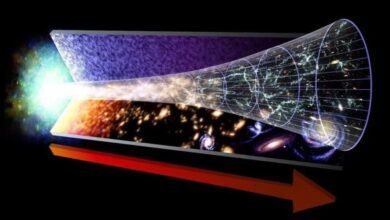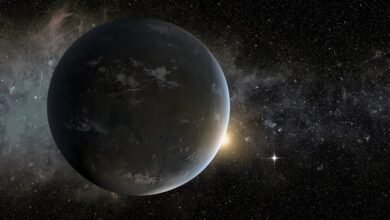4 unexpected lessons from the Milky Way’s weirdest star | by Ethan Siegel | Starts With A Bang! | Jan, 2024

One newly discovered, ancient star has a composition unlike any other. Explaining its existence is already blowing astronomers’ minds.
Over the past 13.8 billion years, the Universe has evolved from a hot, dense, largely uniform early state to a clumpy, clustered, star-and-galaxy-rich state, where the typical interstellar and intergalactic distances are absolutely tremendous. The stars that exist today, importantly, are different from the stars that were created in the earliest stages of the Universe. Whereas the stars that are forming today are composed of all the recycled material that was once inside one-or-more stars and returned to the interstellar medium, the stars that were made early on were pristine: made of up primarily of hydrogen and helium alone: the material that existed shortly after the hot Big Bang.
Whenever we look at a star, we gain information about the cumulative history of the Universe up until the moment that particular star formed: of all the generations that lived-and-died prior to its formation. But early on, when the first few generations of stars were forming, it’s possible that the chemical enrichment of the “next generation” of stars may have primarily arisen from just one single, massive source. If this is the case, even for a few stars, we should find a population of very old stars with unusual compositions: with highly unusual element ratios compared to the more common varieties that formed from material that was well-mixed within the interstellar medium. With one remarkable discovery, a single star is helping us rewrite our cosmic history.
When we tell the history of star-formation in the Universe, it normally proceeds as follows. At the very beginning, there are no stars at all, as protons and neutrons, and then atomic nuclei, and then neutral atoms form. It takes tens or even hundreds of millions of years for these pristine clouds of gas to gravitationally grow massive enough so they can collapse, and when they do, they trigger the formation of the first generation of stars: stars…
Source link



